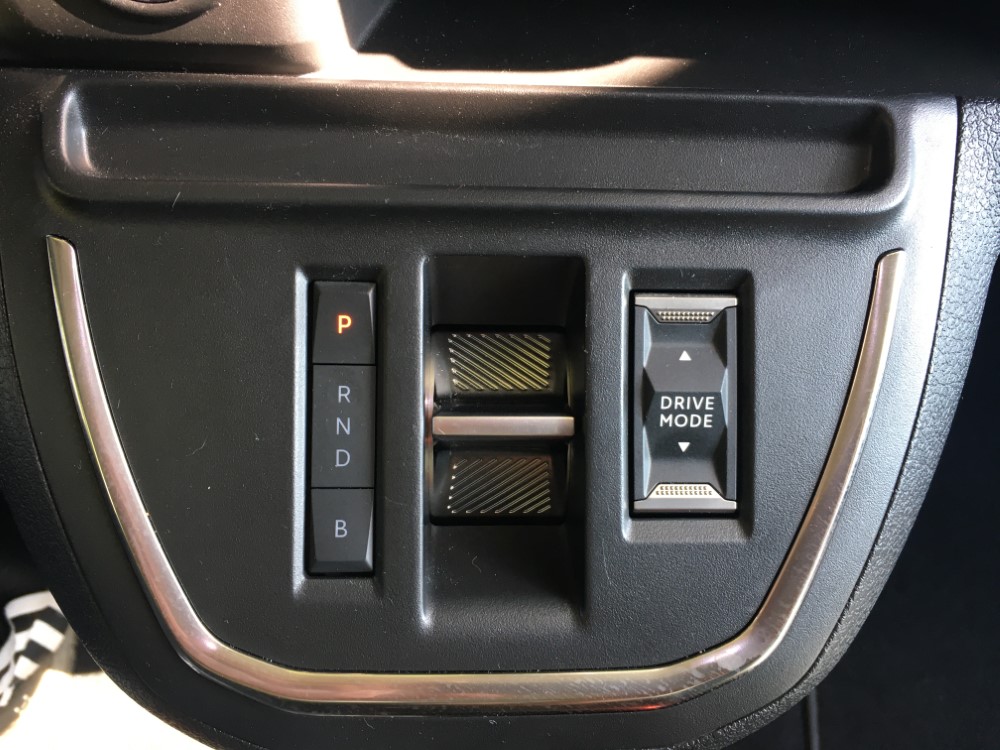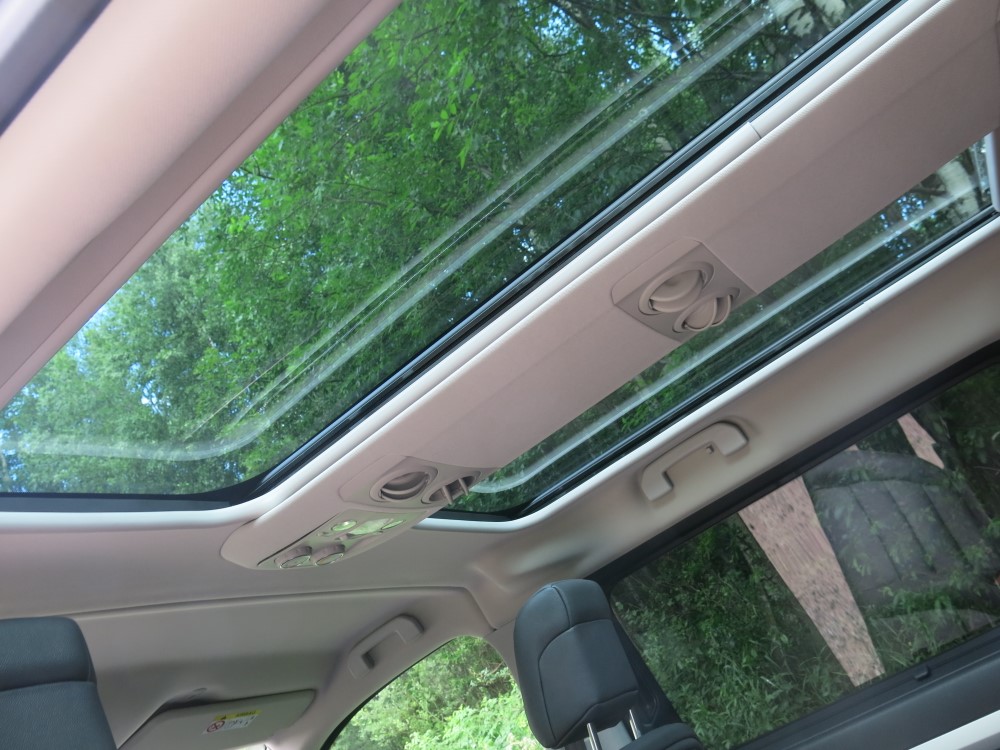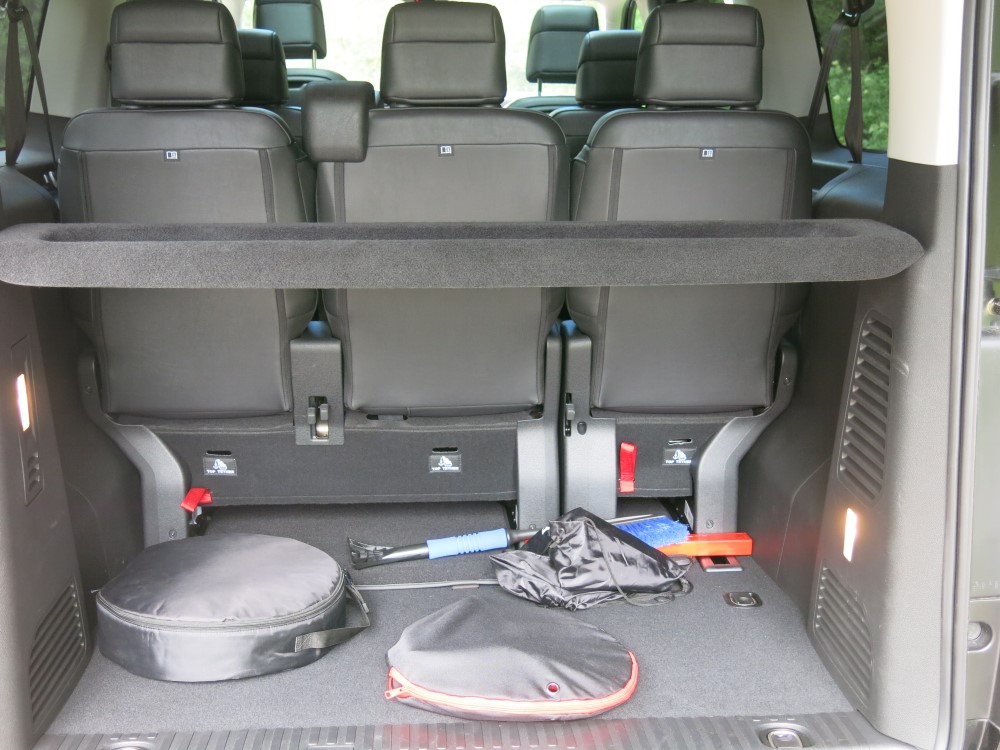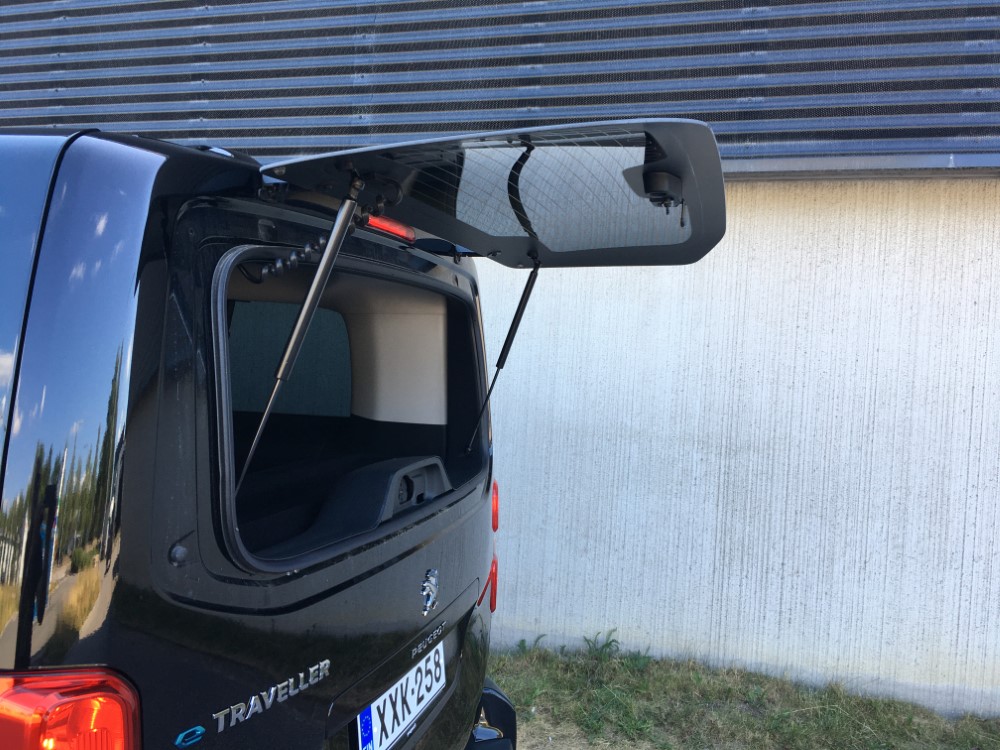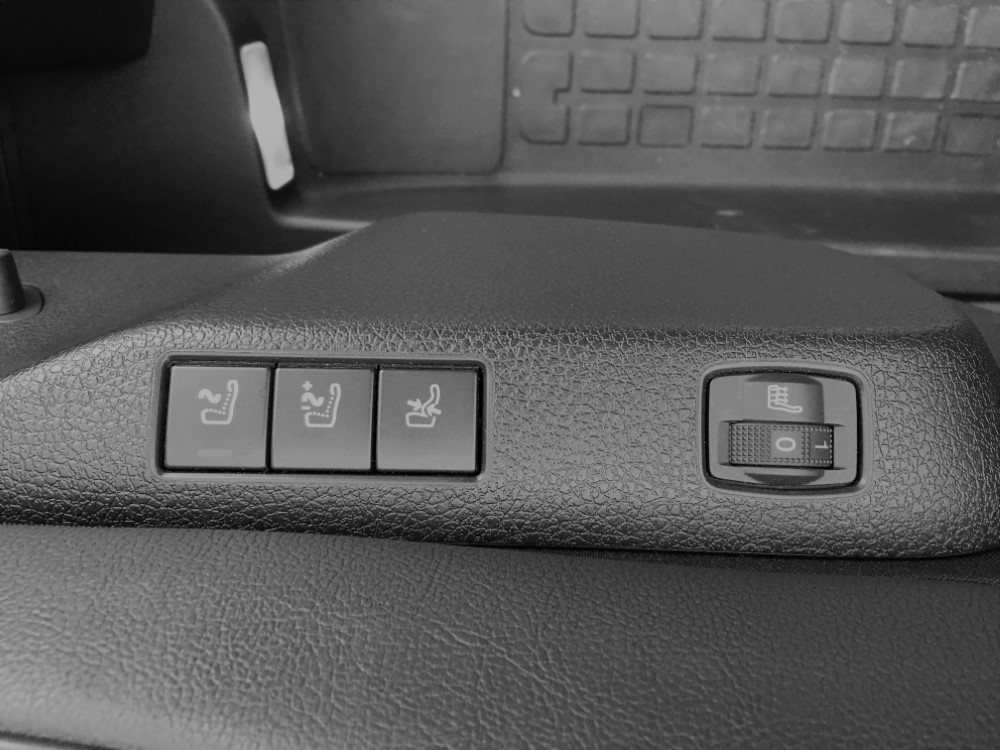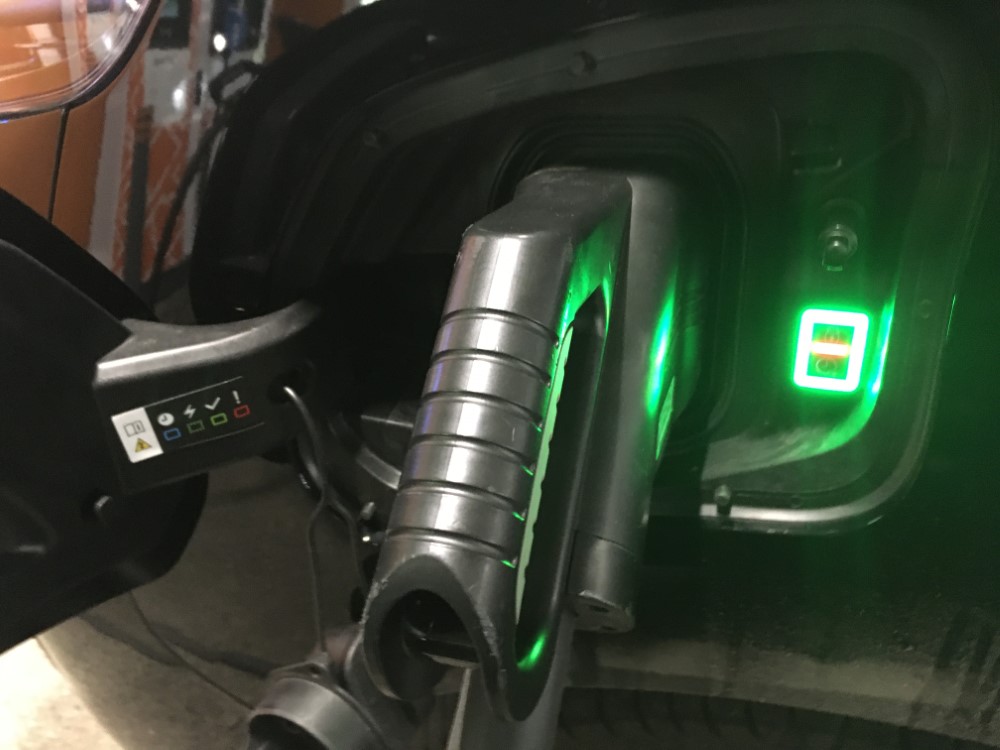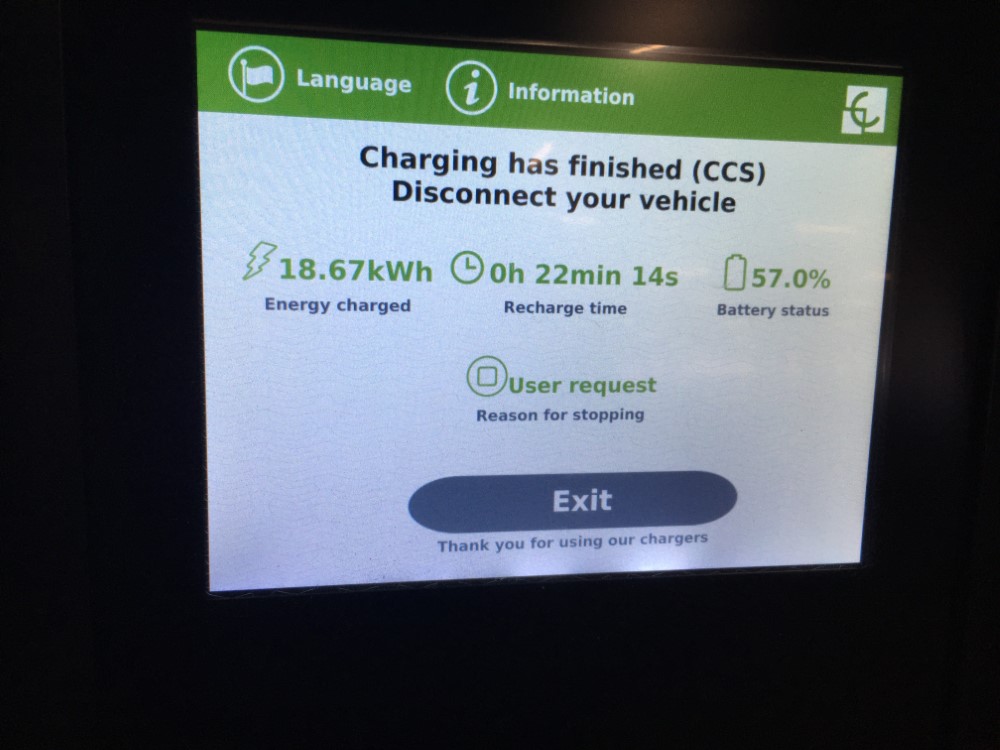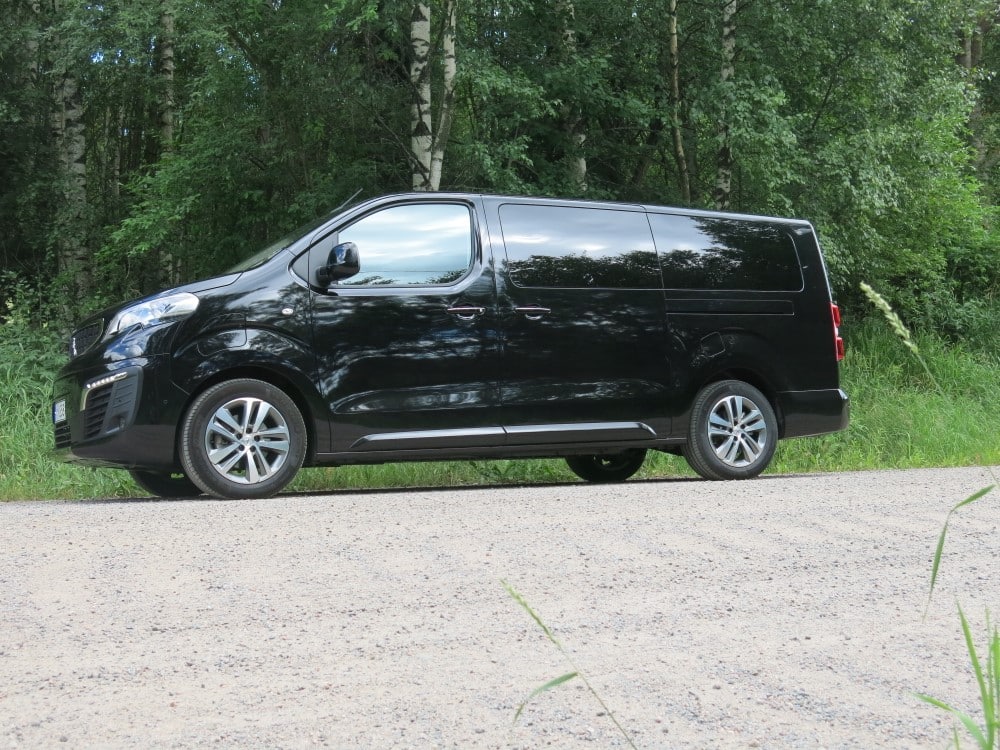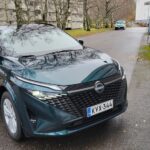Traditionally, electric cars have mainly been five-seater cars, but now larger electric cars are also available.
We tried Peugeot’s e-Traveller, which is available with up to 9 seats. Basically the same car is also available in Citroën and Opel. A Toyota version may also be on the way.
Peugeot’s interior is spacious and functional. Access to both the second and third rows of seats is easy. The seats in the passenger compartment can be moved forward and back, so that the boot can be increased considerably if necessary.
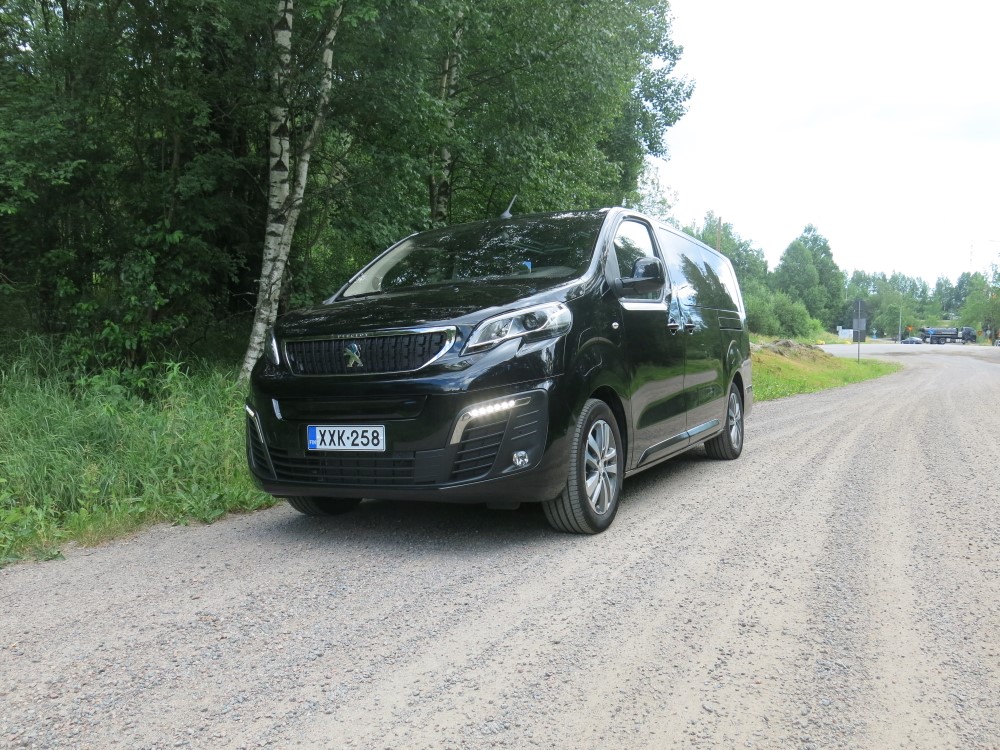
The test car had two front seats, but it is also available with a three-seater front seat.
The test car had a sunroof, which provided good lighting in the cabin. However, in this summer’s heat, the sunshade had to be kept in place at all times.
The fact that there was a separate air conditioner in the back of the car, which could be adjusted independently, also helped in the heat.
In the driver’s seat, everything was within easy reach and the settings were easy to adjust. Both front seats were electrically adjustable. There was also a massage function in the front seats, which felt a bit like an unnecessary luxury.
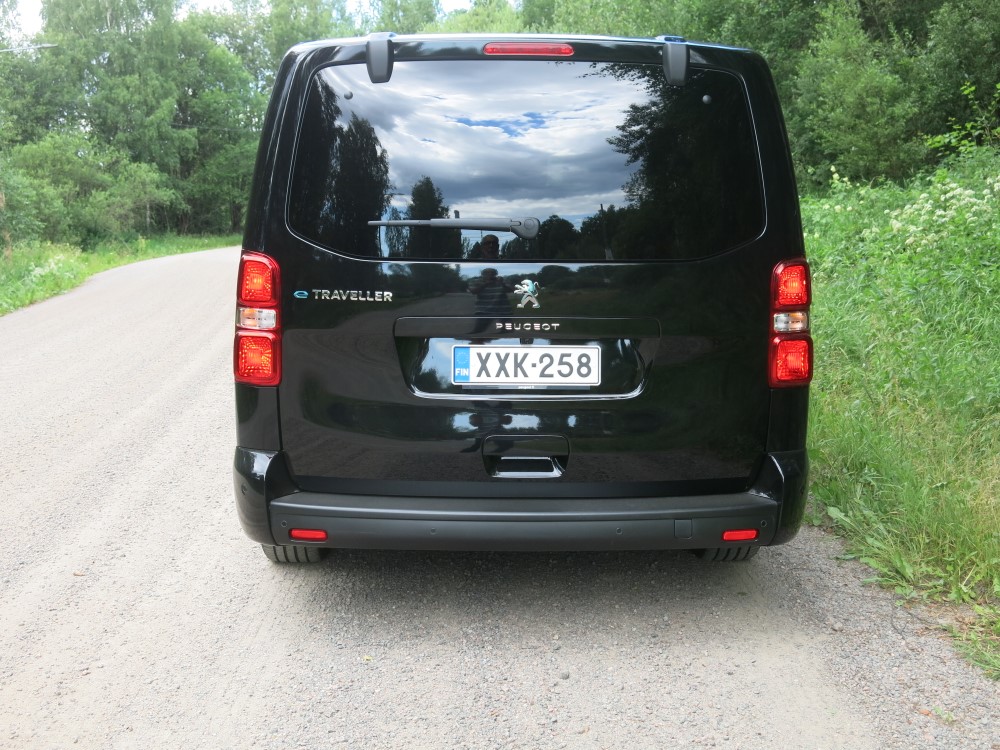
The car is available in various lengths, but only the longest version (5.3 m) is being imported to Finland. There are two versions on sale, the Shuttle and the Allure. Both are equipped with a larger 75 kWh battery, which means that the model with a 50 kWh battery will not be brought to Finland. The price difference between the two versions is around EUR 10 000.
The Shuttle is intended for more professional use, while the Allure is a traditional minivan.
Electricity consumption
The problems with a big electric car are, of course, weight and high drag. Both of these drain the battery quite quickly.
Electric cars usually consume between 15 and 20 kWh/100 km, but the e-Traveller averaged between 25 and 30 kWh/100 km. The manufacturer’s claimed figure is 27.2 kWh/100 km.
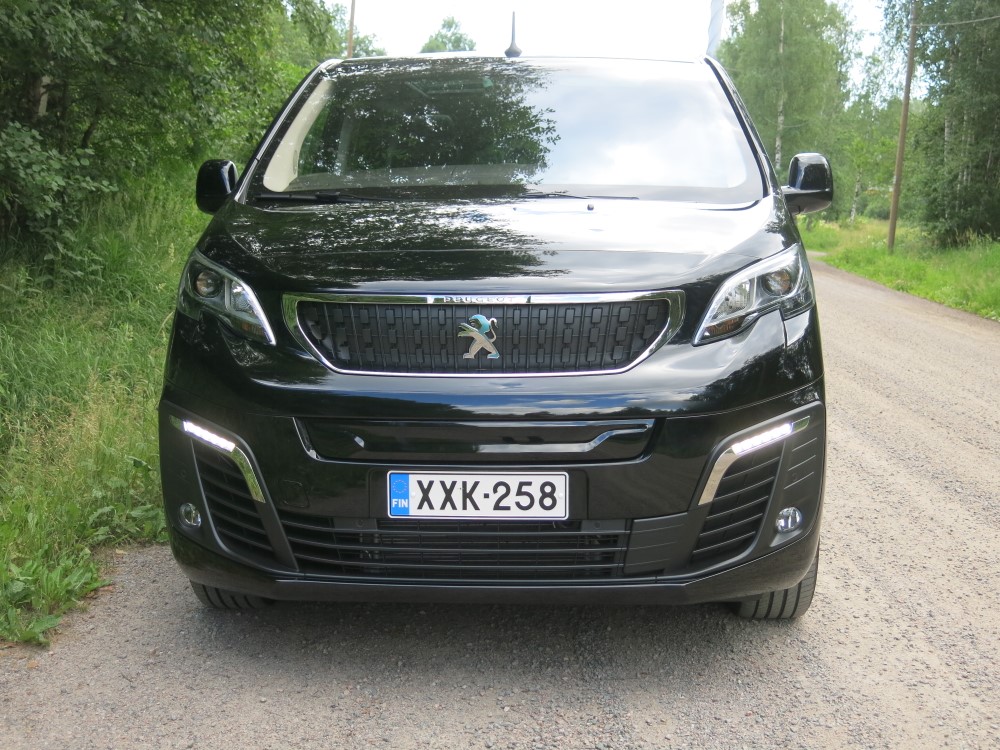
The car has three driving modes, Eco, Normal and Power. In practice, we always drove in Eco mode and the car moved with just enough grace.
Even on the motorway, we generally drove the car at 100 km/h or less, because keeping it at 100mph drains the battery very quickly.
We also tried to charge the car proactively, i.e. when the charge level was around 50%, we tried to find a fast-charging point. This was always unsuccessful, either because there was no fast charge available or it was busy.
Based on experience, it is very understandable that the model with the smaller battery is not sold in Finland. Especially as the driving distance is even shorter in winter.
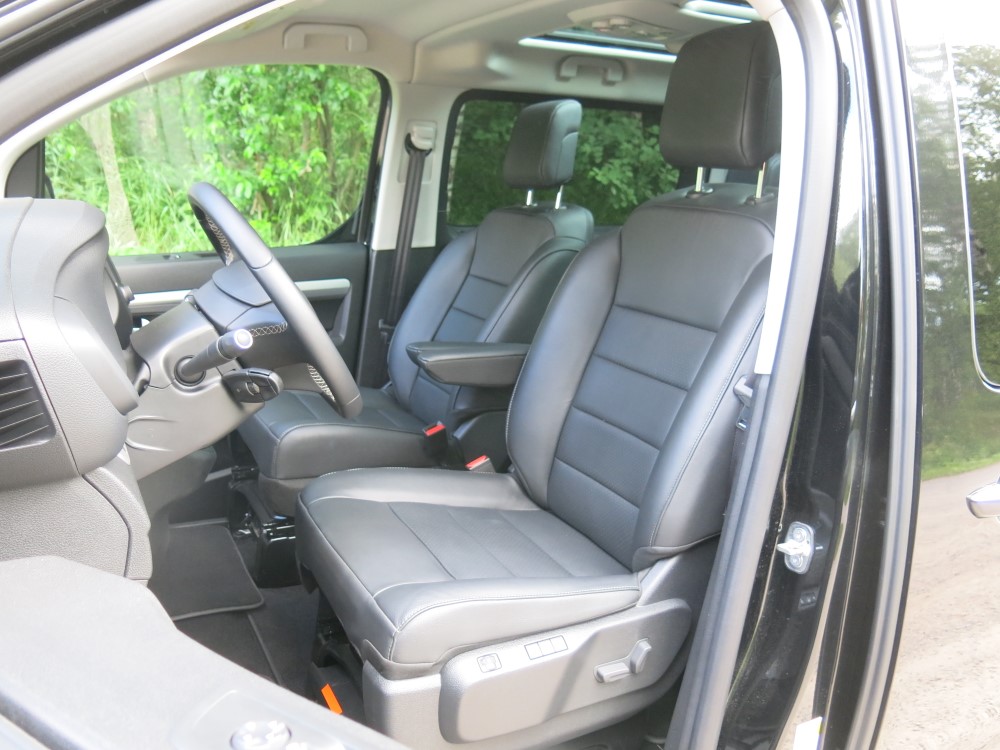
As far as electricity consumption is concerned, it is reasonable to assume that the car is mainly driven in an area where charging points are quite frequent. In Finland, according to the importer, this type of car is also used in taxis, for which it might be well suited if the charging arrangements are in place.
The car is rated for about 330 km on battery power, but when the battery was fully charged, the gauge promised even more. This is of course influenced by driving habits, which means that a frugal driving style is also reflected in the meter.

The consumption meter on the dashboard is very clear and provides good information in practice. You can see immediately if the car is charging, for example when you slow down. The display shows the current consumption.
Practical
The Peugeot e-Traveller is a very practical car, even for a large group. Both sides of the cabin have electrically operated sliding doors. They can be easily opened and closed at the touch of a button.
The tailgate is large and quite heavy to handle, but fortunately there is a separate opening tailgate window. It opens easily and allows you to move lighter items into the boot.

The two front seats are also handy in the sense that the front seats provide interior access to the passenger compartment. This is handy in rainy weather, for example.
The backrests in the passenger compartment can be adjusted to different angles of inclination or folded all the way forward to provide more space for your belongings.
There are plenty of storage compartments of different types and sizes. There are small tables in the front seat backs for second-row passengers. A tablet or mobile phone can be kept in the same place.
The rear door windows have curtains.
Comfortable to drive
The car is basically a van, but modern vans are very passenger-car friendly. So it is with the Peugeot.
You sit high up and have good visibility in all directions, because there are windows in the cabin and no partition wall between you and the cab, as in a van.
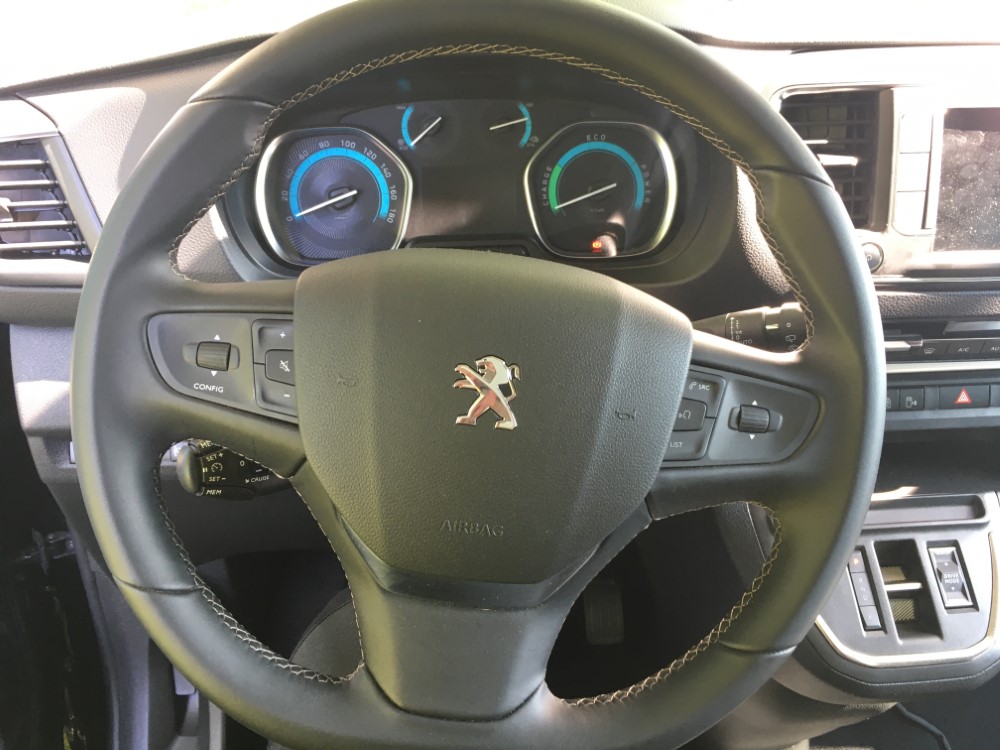
The car has a standard coloured windscreen display and keyless locking and starting.
The car’s engine is of course very quiet, but at higher speeds the tyre noise is on a par with that of an internal combustion engine car. On good tarmac, however, the tyre noise is not disturbing.
The car’s cruise control worked well and made it easy to keep the speed of the car constant.
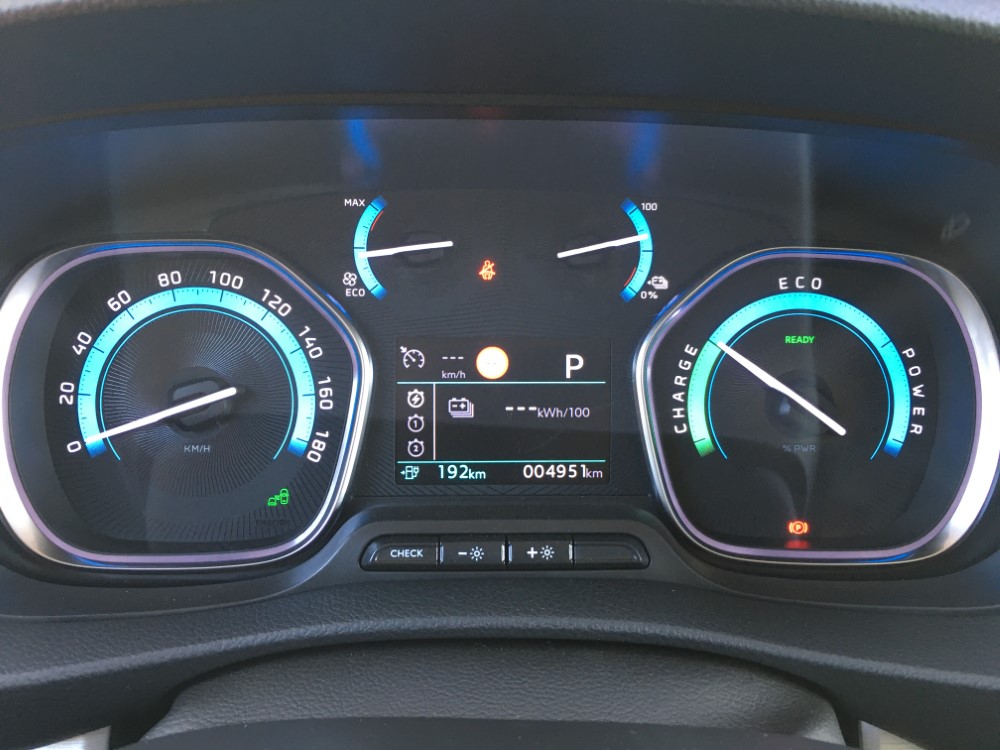
Moving the rows of seats in the passenger compartment makes it much easier to use the legroom in the cabin. If you put the second-row seats in the rear position, passengers really have plenty of legroom.
The car can tow a 1,000 kg trailer.
For whom?
With a starting price of just over €54,000 (Shuttle), this is not designed to be a family car for every family. The car is particularly suitable for professional use, for example as a taxi, provided it is easy enough to load.
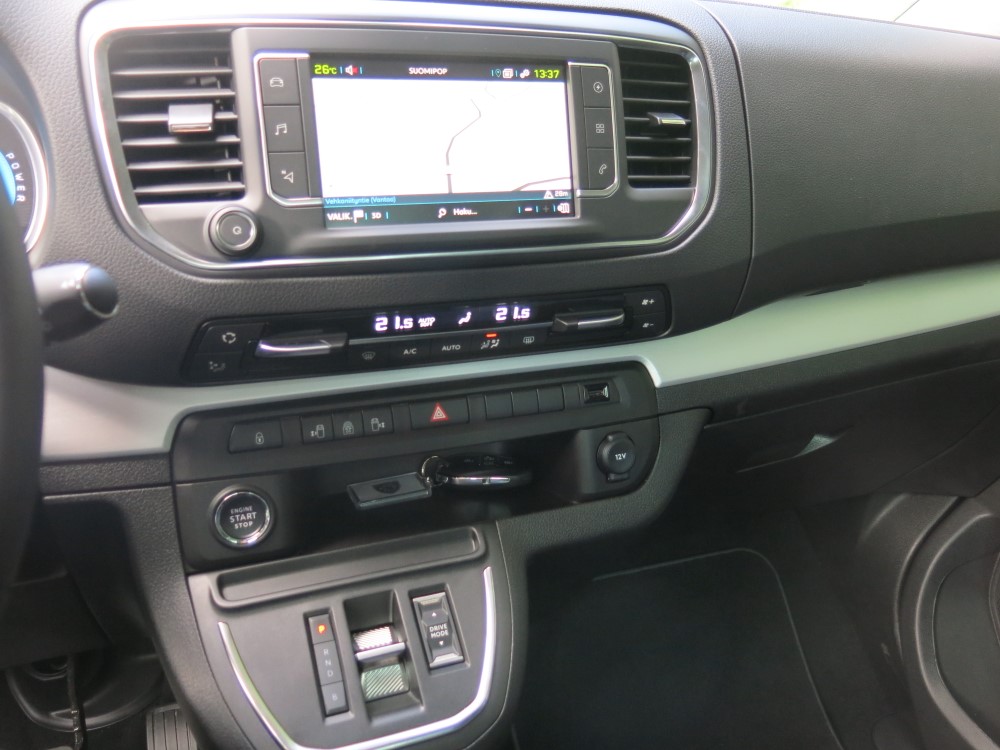
There is plenty of space, but the problem is the high electricity consumption. However, the car is one of the few options in this price range.
The test car cost €64,850.
Peugeot e-Traveller Allure 75 kWh
- Power: 100 kW/136 hp
- Top speed: 130 km/h
- Acceleration from 0 to 100 km/h: 13.1 s
- Battery: 75 kWh
- Charging time: at 100 kW charging point, 80% charge rate in 45 minutes
- Operating range: 330 km
- Number of passengers: 1 7
